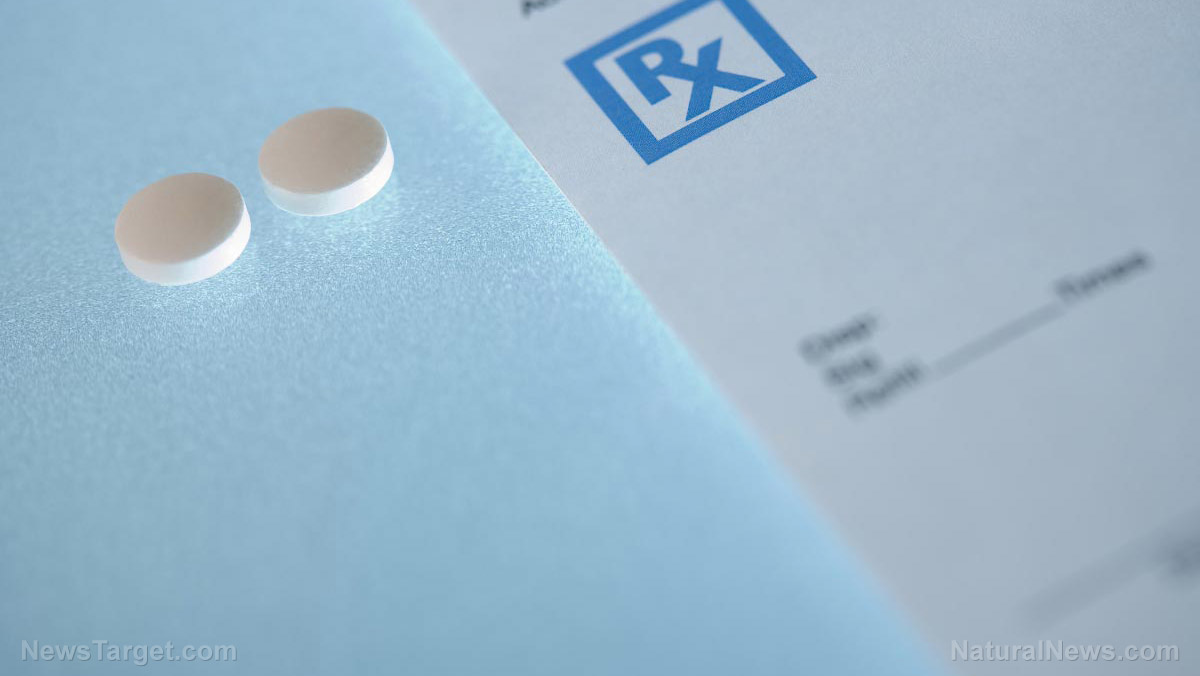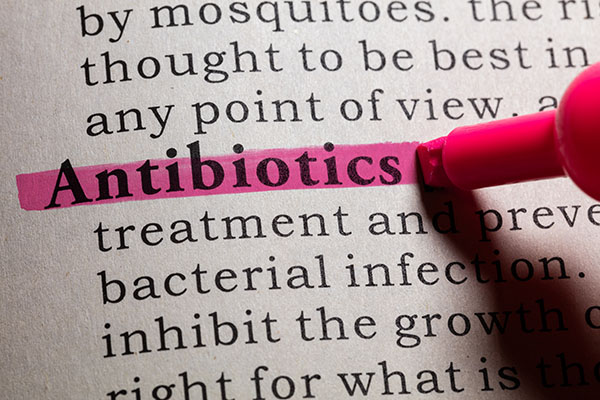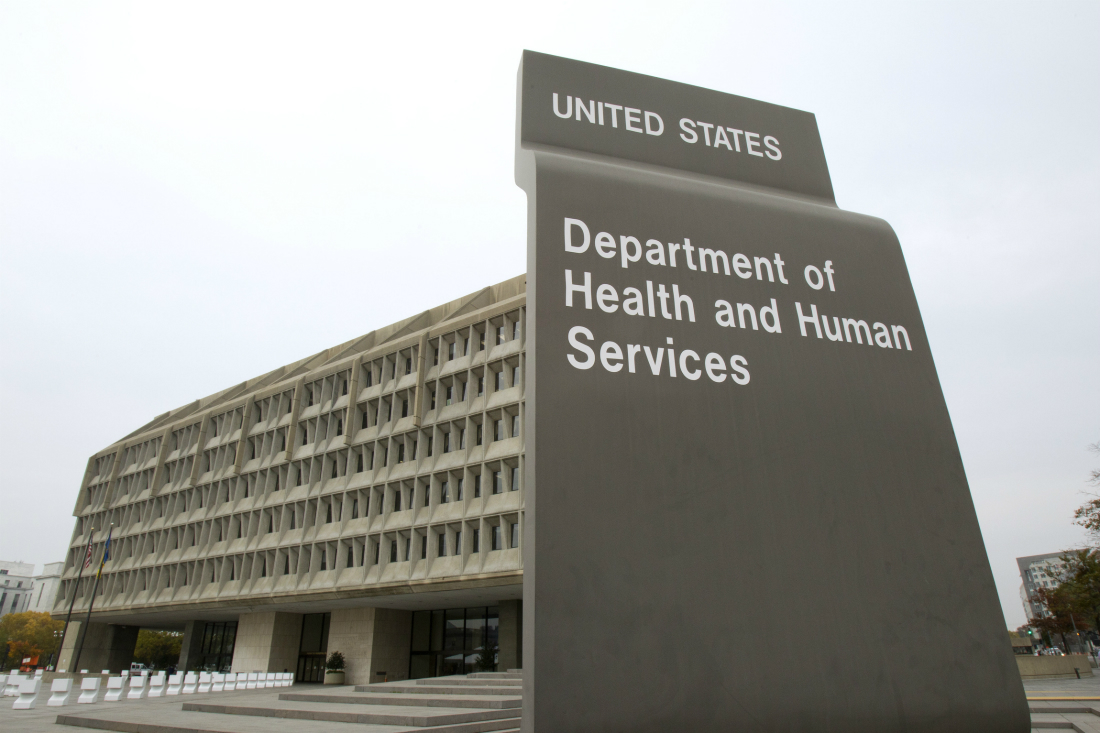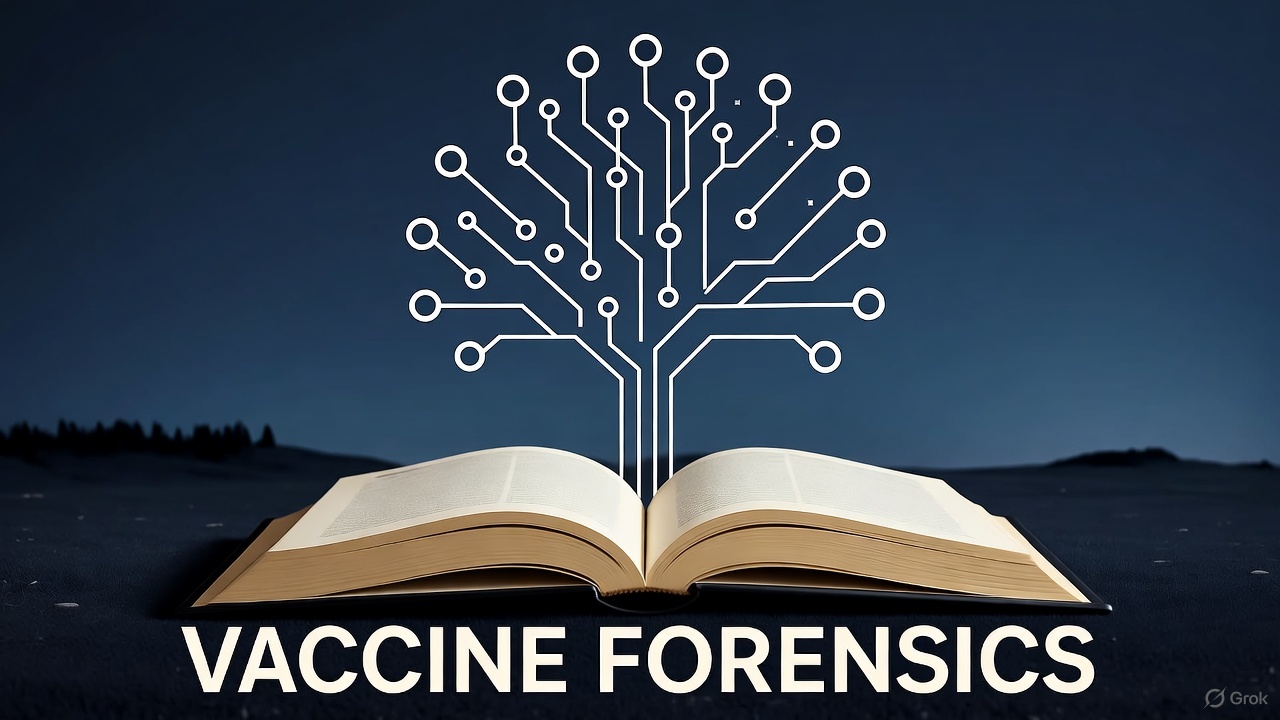FDA moves to fast-track biosimilars, potentially lowering drug costs — but at what cost?
10/30/2025 / By Willow Tohi
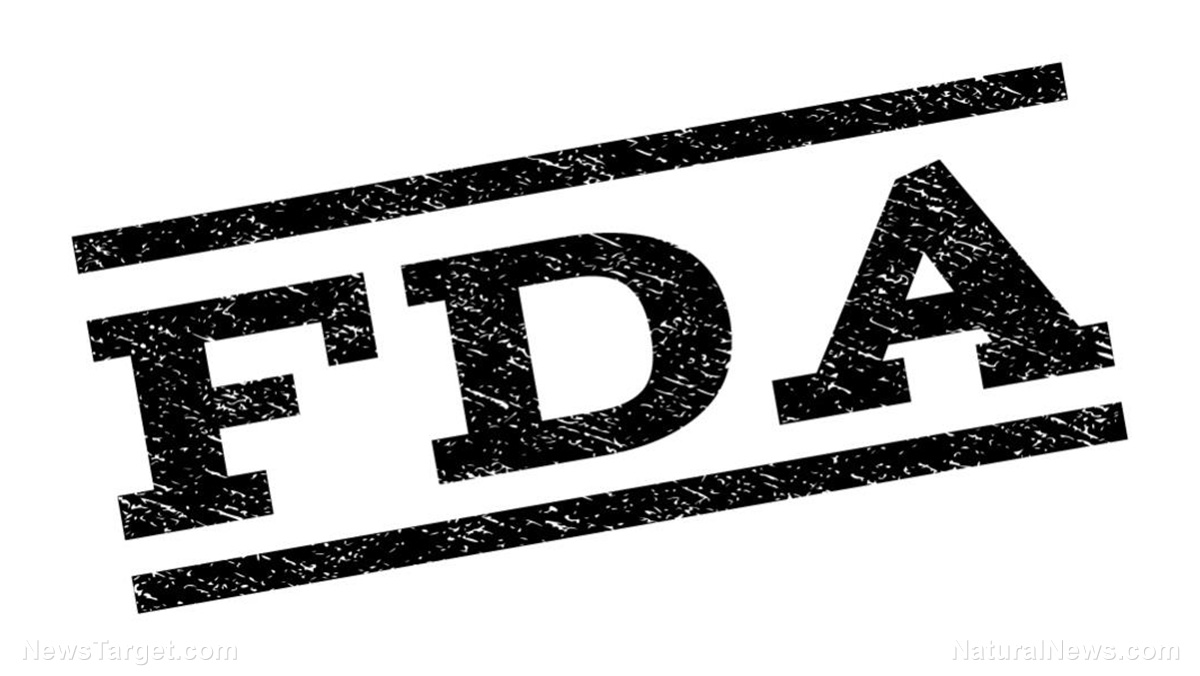
- FDA proposes easing clinical trial requirements for biosimilars, allowing manufacturers to rely more on lab testing rather than costly human studies.
- Biologic drugs account for 51 percent of U.S. drug spending despite making up only five percent of prescriptions, driving demand for cheaper alternatives.
- New guidance could cut biosimilar development time in half, saving companies up to $100 million per drug.
- Critics warn reduced testing may compromise safety, raising concerns about long-term effects on patients.
- Pharmacy benefit managers (PBMs) remain a roadblock, as they often exclude cheaper biosimilars from insurance coverage.
In a move that could reshape the pharmaceutical landscape, the U.S. Food and Drug Administration (FDA) announced plans on October 29, to streamline approval pathways for biosimilars—generic versions of complex biologic drugs used to treat conditions like cancer, rheumatoid arthritis and autoimmune diseases. The agency’s draft guidance eliminates mandatory comparative efficacy studies for biosimilars if analytical testing shows sufficient similarity to the original biologic.
The decision, championed by Health and Human Services Secretary Robert F. Kennedy Jr. and FDA Commissioner Dr. Marty Makary, aims to slash development costs by $100 million per drug and reduce approval timelines from five to eight years down to just two to four. Supporters argue this will increase competition, lower drug prices and expand patient access to critical treatments. But skeptics question whether cutting “red tape” could compromise safety in the long run.
The high cost of biologics—and why biosimilars matter
Biologic drugs, derived from living organisms, are far more complex than traditional pharmaceuticals. While they represent only five percent of U.S. prescriptions, they consume 51 percent of total drug spending, straining Medicare, Medicaid and private insurers. Biosimilars—FDA-approved near-copies of biologics—typically cost 20-40% less, yet they hold just 20% market share due to regulatory hurdles and industry resistance.
Since the first U.S. biosimilar approval in 2015, only 76 biosimilars have reached the market—far fewer than in Europe, where 110 biosimilars were approved by 2024. The FDA’s new guidance seeks to close this gap by removing redundant clinical trial requirements, mirroring Europe’s more flexible approach.
Safety concerns: Are patients being put at risk?
While the FDA insists its updated guidance maintains rigorous safety standards, critics argue that reducing human trials could lead to unforeseen complications. Unlike traditional generics, biosimilars are not identical to their reference biologics due to inherent variability in living-cell production.
Historically, comparative efficacy studies—though expensive—helped detect subtle differences in immune responses or side effects. The FDA now claims analytical testing alone can suffice, but some researchers warn this could miss rare adverse effects.
Additionally, the FDA plans to drop switching studies, which test whether patients can safely alternate between a biologic and its biosimilar. This could lead to confusion among pharmacists and patients, particularly if insurers push cheaper biosimilars without proper oversight.
Corporate influence and market barriers
Despite the FDA’s push for affordability, pharmacy benefit managers (PBMs)—middlemen who negotiate drug prices for insurers—often exclude biosimilars from formularies, keeping prices high. Alex Schriver of PhRMA (Pharmaceutical Research and Manufacturers of America) acknowledges this issue, stating:
“Policymakers must fix the misaligned incentives and business practices by middlemen who block biosimilars and profit off medicines at the expense of patients.”
Meanwhile, biosimilar manufacturers argue that lower development costs will encourage investment in smaller-market biologics, expanding treatment options for rare diseases.
A political win—but will patients benefit?
The FDA’s announcement aligns with the Trump administration’s broader efforts to reduce drug prices, including the “TrumpRx” discount program and Most Favored Nation pricing mandates. However, past biosimilar rollouts—like Humira’s decade-long delay—show that corporate patent strategies and PBM interference often stall savings.
If successful, the new guidance could accelerate biosimilar adoption, forcing Big Pharma to compete on price. But if safety shortcuts lead to recalls or loss of trust, the policy could backfire—leaving patients to bear the risks.
A double-edged sword for healthcare
The FDA’s latest move marks a pivotal shift in drug regulation—one that could slash costs but also raise safety questions. While biosimilars promise relief from soaring drug prices, their success hinges on transparent science, fair market competition and vigilant oversight.
For now, patients and doctors must weigh the benefits of affordability against potential unknowns—a dilemma that underscores the broader tension between innovation and safety in modern medicine.
Sources for this article include:
Submit a correction >>
Tagged Under:
big government, Big Pharma, biologics, biosimilars, conspiracy, drug costs, Drug Testing, FDA, generic drug, insanity, money supply, pharmaceutical fraud, Prescription drugs
This article may contain statements that reflect the opinion of the author

